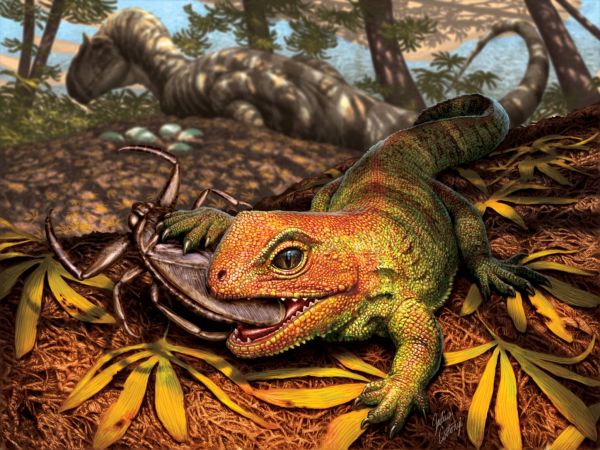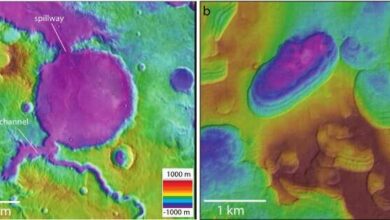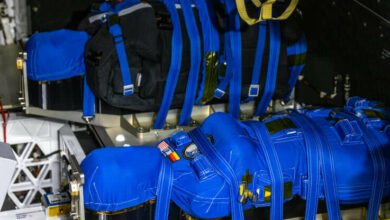
An almost complete skeleton of a tuatara relative found in North America
(ORDO NEWS) — Although today the beak-headed reptiles are represented by a single species: the New Zealand tuatara, once it was a large detachment, whose representatives lived all over the globe.
About 150 million years ago, one of these reptiles lived in North America, side by side with stegosaurus and diplodocus.
The history of beakheads, an unusual detachment of modern reptiles, is more than 200 million years old, and the New Zealand tuatara itself is not for nothing called a “living fossil”.
The remnants of ancient relatives of this reptile are now found all over the world, from Africa to North America, and a new species was discovered in the deposits of the American Morrison Formation, the world famous for its rich collection of dinosaur bones.
Of course, compared to the majestic Diplodocus and Allosaurus, the 16 cm ancient lizard-like reptile does not look impressive.
However, it should be borne in mind that it has been preserved incomparably better than its giant neighbors, as well as most other beakhead fossils - several skeletons are known, and one fell into the hands of scientists almost intact.
Although the tuatara and its new relative, named Opisthiamimus gregori, look like plump iguanas, they are actually no more related than turtles.
During the Jurassic, beakheads flourished, met all over the world and occupied a wide variety of ecological niches, from semi-aquatic fish hunters to overweight vegetation eaters.
One of the main mysteries that scientists are looking for an answer to is why these amazing reptiles have practically become extinct by now, giving way to lizards in ecosystems.
Perhaps, the researchers suggest, beakheads could not compete with lizards due to slow growth and low breeding rates, or maybe climate change and habitat rearrangement had an impact.
To study the find, the researchers used high-resolution computed tomography, which made it possible to create a 3D reconstruction of the fossil specimen and even reconstruct crushed or missing skull bones.
In any case, the discovery of such a completely preserved skeleton of a miniature animal of the Jurassic period is a rare success for paleontologists, because mostly only fragments of bones are preserved from ancient beakheads.
Now scientists will have to compare the new species with the already known fossils of its relatives in order to better understand the biomechanics and lifestyle of this reptile, whose bones have narrowly avoided destruction for 150 million years.
—
Online:
Contact us: [email protected]
Our Standards, Terms of Use: Standard Terms And Conditions.









